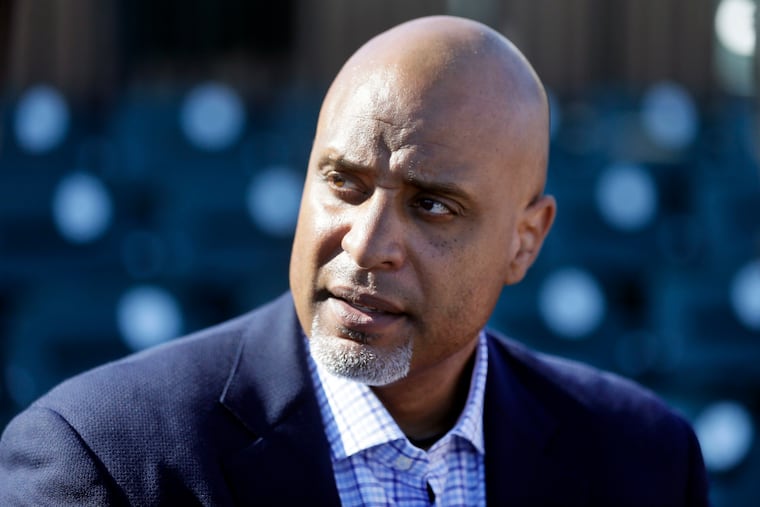Players disappointed over ‘massive’ cuts proposed by MLB’s sliding-scale salary plan
According to MLB's proposal, highest-paid players would receive a lower percentage of their already prorated 2020 salaries, while lower-paid players would make a higher percentage.

With time growing short to coalesce around a plan to start the 2020 season by the Fourth of July, Major League Baseball made a financial proposal Tuesday that seemingly threatened to divide the Players Association across salary lines.
Unsurprisingly, union leadership emerged from a virtual meeting with league feeling “extremely disappointed” over what one source described as “massive” additional pay cuts, underscoring the chasm that remains between the sides.
MLB’s proposal, first reported by USA Today, involves a sliding scale that would give the lowest-paid players the highest percentage of their previously agreed upon prorated 2020 salaries while requiring the highest-paid players to accept the most significant cuts.
The plan reportedly calls for players at the lower end of the salary scale (such as Phillies first baseman Rhys Hoskins) to make close to 50% of their salaries in an 82-game season (in Hoskins’ case, roughly $302,000) and not sustain further reductions. But the richest players would receive another sizable cut on top of the initial prorated salary, with a chance to make up some losses in the postseason when national TV revenues are the highest.
Players would be grouped into tiers based on their salary. Exact percentages of the reductions for each tier were unknown. ESPN reported that a player whose contract was set to pay him $35 million this year would instead receive $7.84 million, roughly 22% of his original salary and 44% of his prorated salary.
By that math, Bryce Harper would see his salary slashed from $27.5 million to $13.75 million to roughly $6.25 million.
At least 10 players on most projections of the Phillies' 26-man roster when spring training was halted make less than $1 million per year. With expanded rosters in a shortened season, the number of lower-salaried players would only increase.
“Interesting strategy of making the best most marketable players potentially look like the bad guys,” Milwaukee Brewers pitcher Brett Anderson tweeted.
New York Mets pitcher Marcus Stroman tweeted, “This season is not looking promising.”
The salary issue tends to receive the most attention, but MLB and the players remain far apart on health and safety matters, too, according to a source. The league recently presented a 67-page manual that outlines protocols for playing while also minimizing the spread of COVID-19, but the players still have questions related to testing frequency and a response plan when players or other personnel test positive for the virus.
Players contend that compensation for a shortened season was settled in a March 26 agreement with MLB that called for salaries to be prorated based on games played. But MLB argues that the agreement allows for further negotiations if games had to be played without fans. That being the case, the owners insist they must make additional cuts to player salaries.
"If they play half the number of games, they generate roughly half the amount of revenue and therefore should get roughly half the amount of salary," said Andrew Zimbalist, author and economics professor at Smith College. "If we also know, going beyond that, that those 81 games will be played without fans in the stands, when you add that in, it comes to roughly 50 percent of all the revenue for the average team.
“So, if they’re not getting any of that 50 percent, then the salary that started at $20 million and got reduced to $10 million now should be further reduced to roughly around $5 million. That’s just straight economics. There’s no ideology there.”
Reports last week suggested that MLB might propose a 50-50 split of 2020 revenues with the players. But the union believes such an arrangement is tantamount to a salary cap. Players also note that they are incurring physical risk by returning to the field during a pandemic and insist they shouldn’t also receive additional salary cuts.
Negotiations figure to continue throughout the week, although it’s unclear exactly when MLB and the union will meet again.
The sides haven’t imposed a deadline to reach a deal. But if spring training is really going to begin in mid-June and the season in early July, an agreement almost certainly would need to be reached within the next week to 10 days.